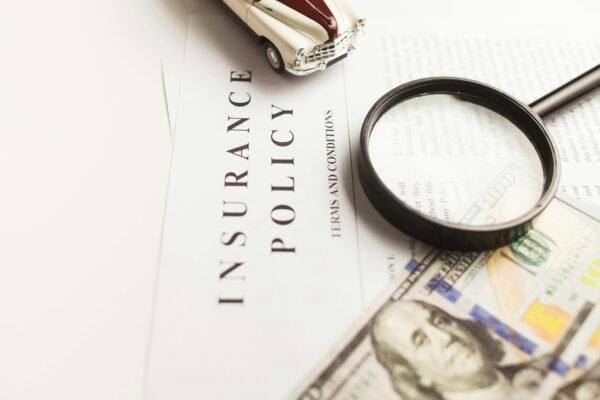Introduction: When it comes to determining your auto insurance rates, it’s not just about where you live. Insurance companies delve into a plethora of factors to assess the likelihood of you filing a claim. Understanding these factors can empower you to make informed decisions that may lead to lower premiums. Let’s explore the key elements that influence your auto insurance rates and discover ways to potentially reduce them.
Factors That Affect Your Auto Insurance Rates:
- Driving Record:
- Firstly, safe driving habits and a clean record can result in lower premiums.
- Conversely, a history of traffic violations or accidents may lead to higher insurance costs.
- Vehicle Type:
- Additionally, consideration of the make, model, and age of your vehicle is crucial, especially for collision and comprehensive coverage.
- Furthermore, safety and anti-theft features can contribute to lower rates.
- Age:
- Young drivers and the elderly are statistically more likely to be involved in accidents.
- However, rates tend to decrease as young drivers gain experience and maturity.
- Gender:
- It’s not a matter of discrimination but a reflection of statistics.
- Notably, males may face slightly higher rates due to a higher likelihood of severe accidents.
- Credit History:
- Credit-based insurance scores predict the likelihood of filing a claim.
- Therefore, maintaining a good credit score can translate into lower insurance premiums.
- Driving Frequency:
- Importantly, occasional drivers are less likely to be involved in accidents.
- On the other hand, regular commuters may face higher rates due to increased exposure on the road.

- Level of Coverage:
- Purchasing more coverage than required by state law leads to higher premiums.
- Crucially, it’s essential to consider the potential long-term savings in case of a claim.
- Deductible Amount:
- Opting for a higher deductible can result in lower premiums.
- However, be prepared for higher out-of-pocket costs in case of a claim.
Ways to Save on Auto Insurance:
- Maintain Safe Driving Habits:
- Firstly, safe driving can contribute to a lower risk profile.
- Vehicle Safety Discounts:
- Take advantage of safety features in your vehicle to qualify for discounts.
- Multi-Vehicle Discounts:
- Insure multiple vehicles with the same company for potential discounts.
- Annual Premium Payment:
- Paying your premium in full can potentially lower overall costs.
- Bundle Policies:
- Combining auto insurance with home or renter’s insurance allows for bundled discounts.
- Good Student Discounts:
- Students with good grades may qualify for discounts.
- Driver’s Education Classes:
- Young drivers can benefit from completing driver’s education courses.
- Maintain a Good Credit Score:
- A positive credit history can result in lower insurance premiums.
- Low-Mileage Discounts:
- If you don’t drive much, inquire about low-mileage discounts.
- Consider Increasing Deductibles:
- Evaluate the possibility of higher deductibles for lower premiums.
Conclusion: While location is a factor, understanding the elements that influence your auto rates empowers you to take control. By adopting safe driving practices and leveraging available discounts, you can navigate the insurance landscape with confidence and potentially save on your auto insurance premiums.

